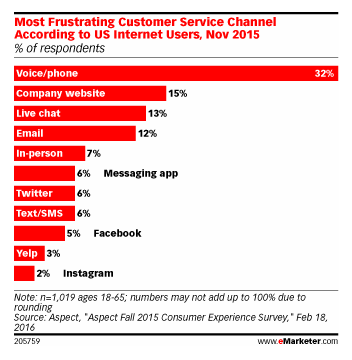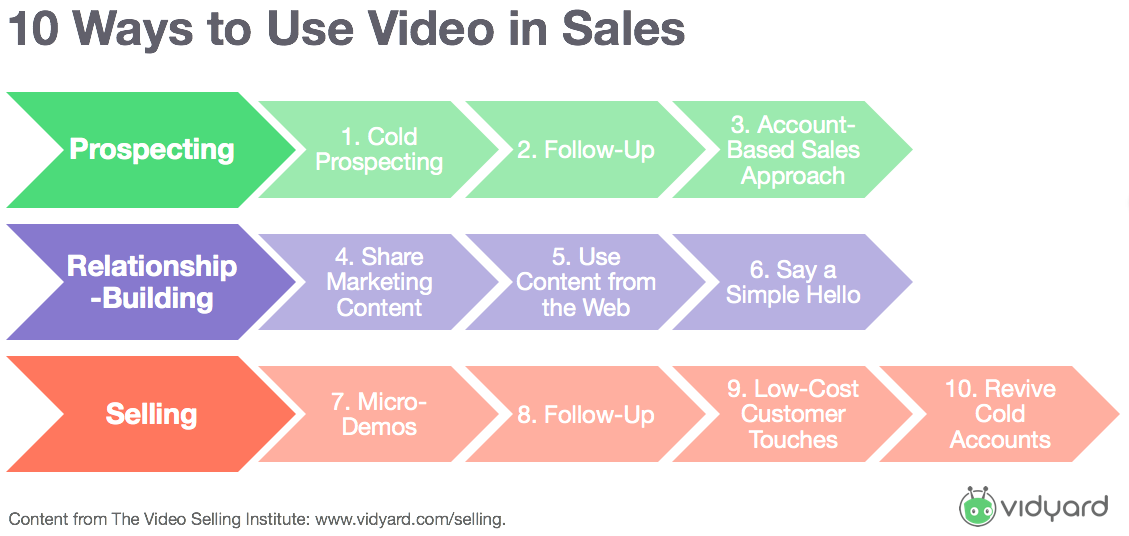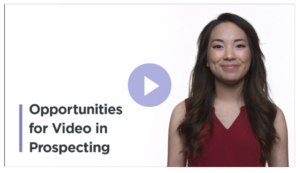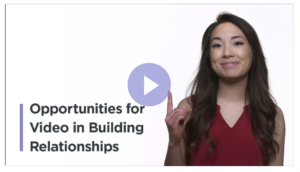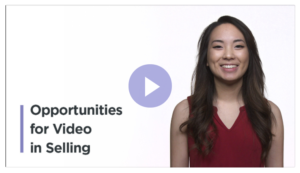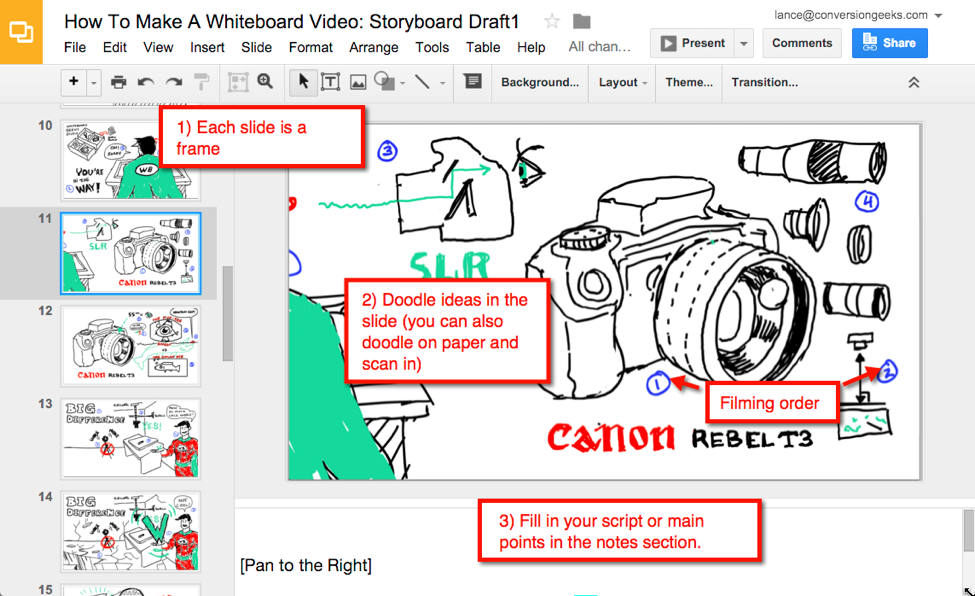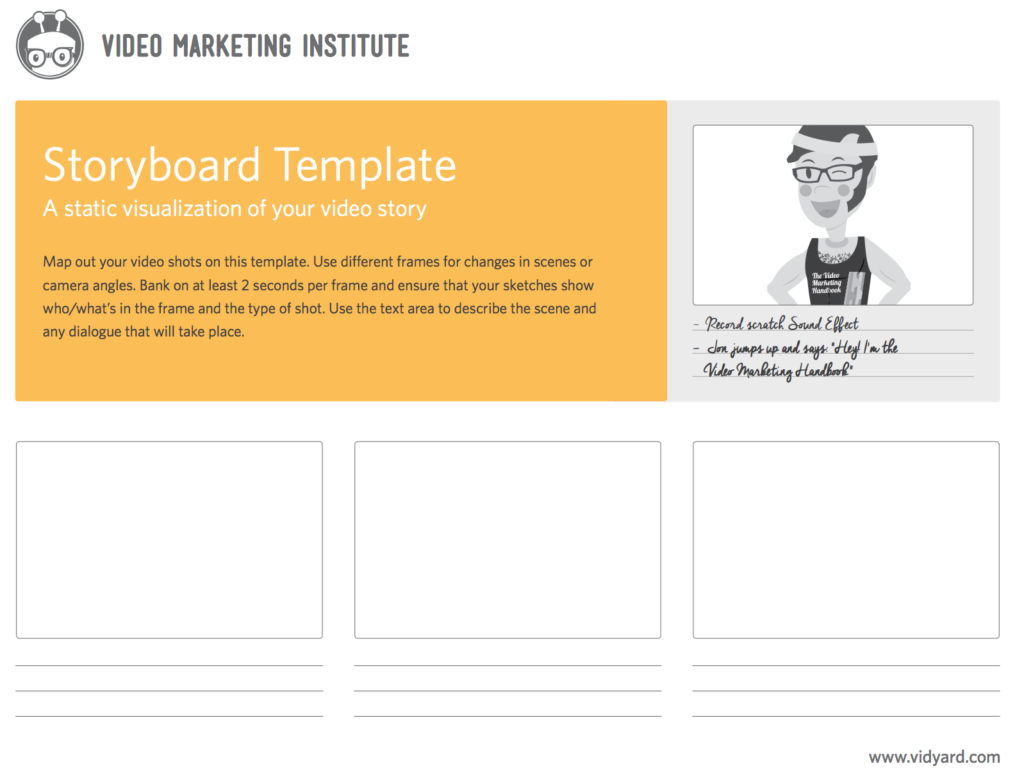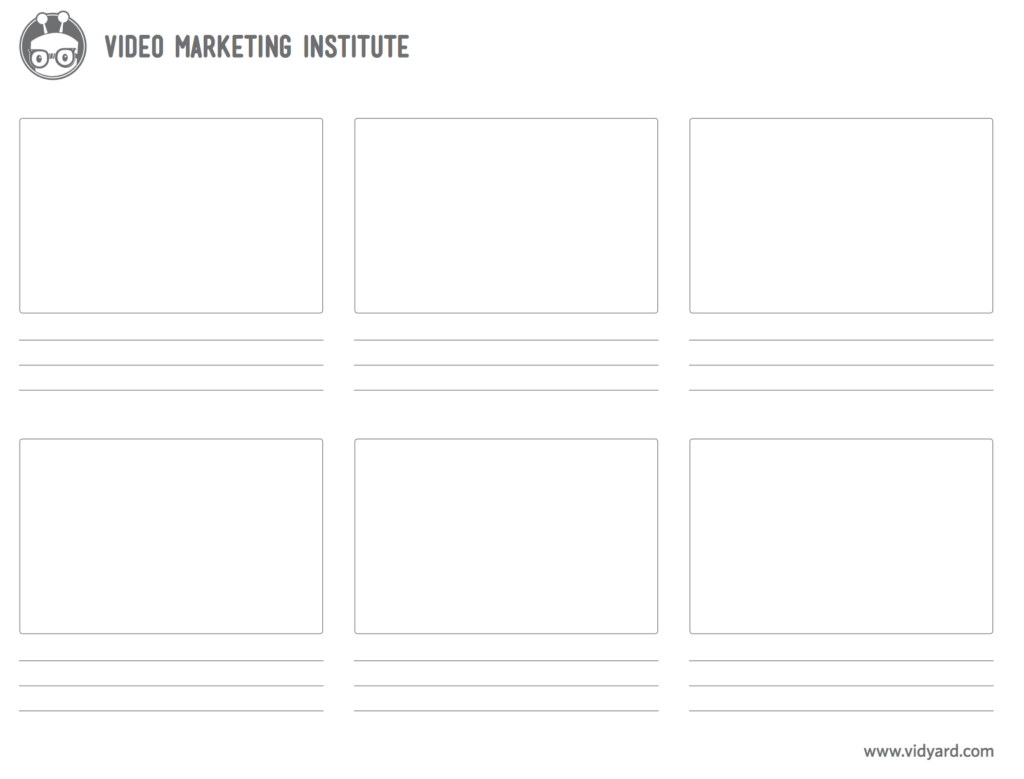When’s the last time you actually read a “read-me” document or browsed a manual before using a product? For most of us, it’s rare.
Most customers share these sentiments and with the ubiquity of instant customer service options from live-chat to SMS, email, voice, and social, customers have been trained to expect things to just work and if they don’t, they want immediate, seamless support.
This is a tall order for customer support teams who are increasingly driven to craft self-help tools to offload the support volume. Many who try are finding that the best weapon to achieve this is self-help video.
Videos are powerful and necessary – according to research by Amazon, customers expect them. And Kayako, a video marketing agency, finds that they even prefer it: 68% of customers would rather watch a video than call support.
For those brands who plan to use them, here’s what your customers will expect:
The 3 things all customers expect from your videos for customer support:
1. Help fixing their immediate problem
First and foremost, your library of videos for customer support should intercept support issues before they reach an agent. Customers want quick, bite-sized video snippets organized by semantic keywords, which are how they would describe the problem in plain speak, such as:
- How do I reset my login?
- How do I replace the batteries?
- Why is my device set on the wrong language settings?
This requires a similar approach to creating an FAQ, and asking questions like: what problems do customers often run into? What’s the best way to demonstrate a solution? Where will they search for them?
And before you break out the camera equipment, take the time to truly evaluate the customer support journey. Conduct surveys, interviews, and ask support agents and salespeople – make sure that you’re answering useful questions before you invest your time.
Done well, these videos will deliver genuine value and teach customers that the answers to their questions lie in your self-help portal.
2. Help becoming more educated
Most of your videos should be focused on moving customers up the maturity curve, not just putting out fires, however. You want every customer to grow into an expert because they’ll be far happier when they’re more successful.
Begin with a solid sequence of customer on-boarding videos. On-boarding is the key to retaining successful, long-term customers and videos are the best way to do it: According to Forrester, a one-minute video is worth as many as 1.8 million words.
Customers will want these video courses to be short, sweet, and easily digestible because as first-time users, they’re going to be eager to skip them and dive right into the product. And make sure that your introductions for each are short, which makes them easy to watch back to back.
Cengage, an education services platform and Vidyard customer, has done an excellent job of building out a very solid library of on-boarding videos. They’re organized by user-role and are each just a few minutes long:
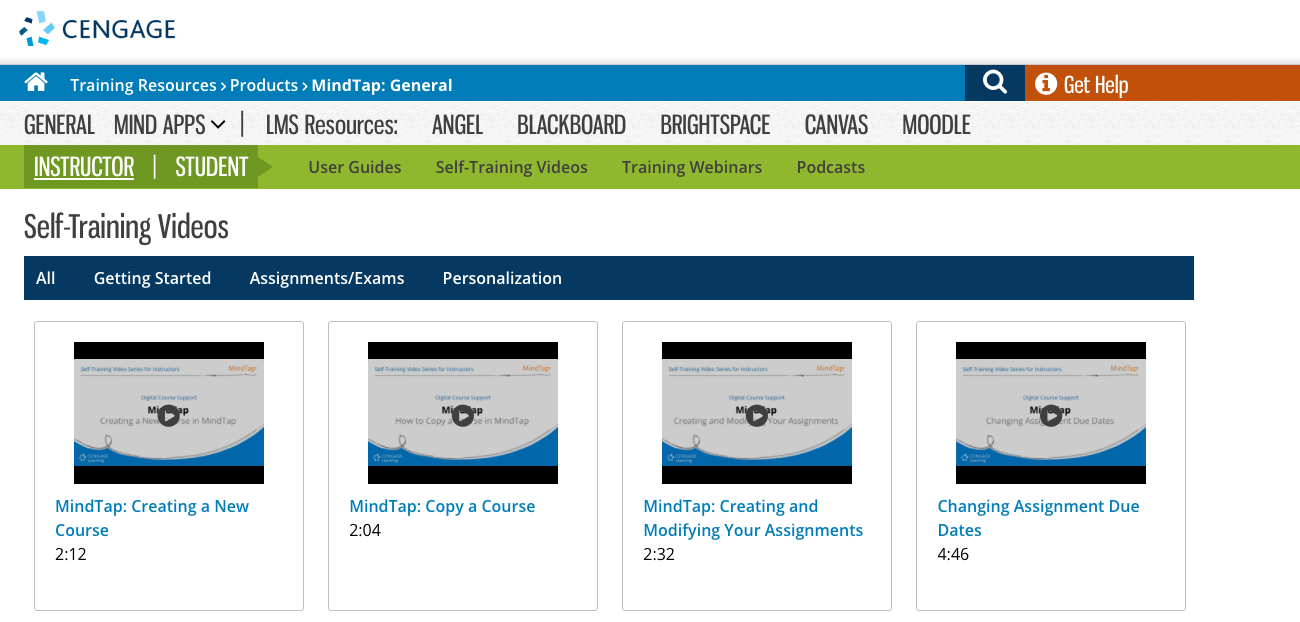
Image Credit: Cengage
Once customers are stabilized and proficient, educate them into fully mastery. Create a knowledge base of videos and merge them with your regular written knowledge base. Having both the video and text together is important because customers won’t always have the luxury of listening to audio and they may want to easily scan or skip to certain portions.
3. To see something worth sharing
Delighted customers want to share their new-found knowledge, especially if it’s particularly useful. Fuel this basic human desire with embedded sharing buttons on customer support videos about tricks or “hacks” that make their lives easier, such as shortcuts, pro-tips, or insider knowledge.
TurboTax has done a great job of this. They’ve created a prolific number of tax-related self-help videos that show up in searches and are accompanied by prominent share buttons.
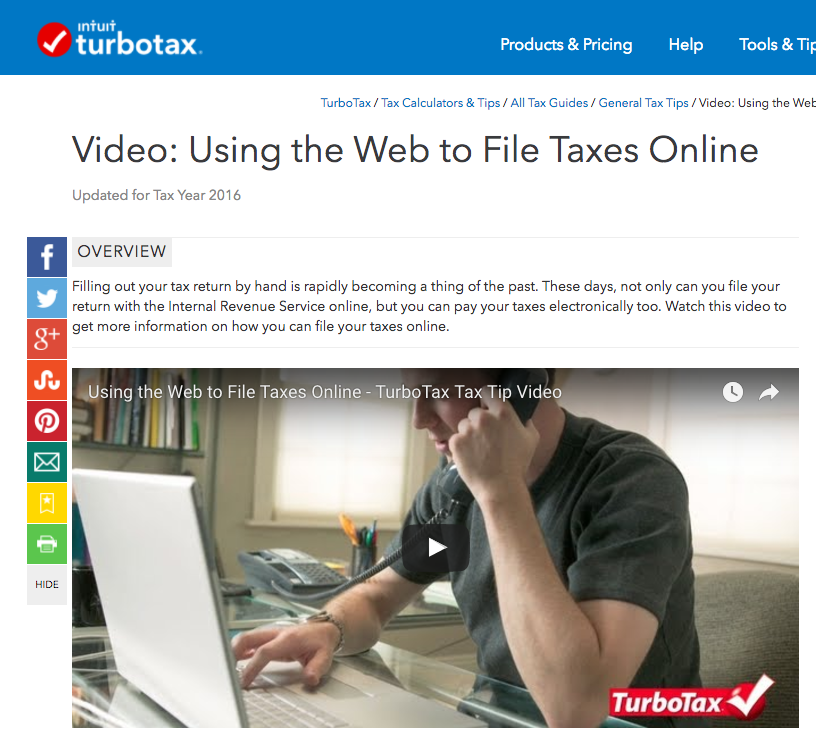
Image credit: TurboTax
Happy customers sharing content like this evangelizes your brand and spreads education to the wider community which helps it support itself.
Great videos for customer support can diffuse support calls, educate customers, and build community, if you make them simple, short, and engaging that is. Follow these simple tips and your customers will be watching their way to success in no time.
Have more ideas for videos for customer support? Share in the comments below!
The post 3 Things Customers Expect from Your Videos for Customer Support appeared first on Vidyard.
source http://www.vidyard.com/blog/3-expect-customer-support-videos/

 (@gmbutts)
(@gmbutts)  My friend Geraldine DeRuiter (
My friend Geraldine DeRuiter (